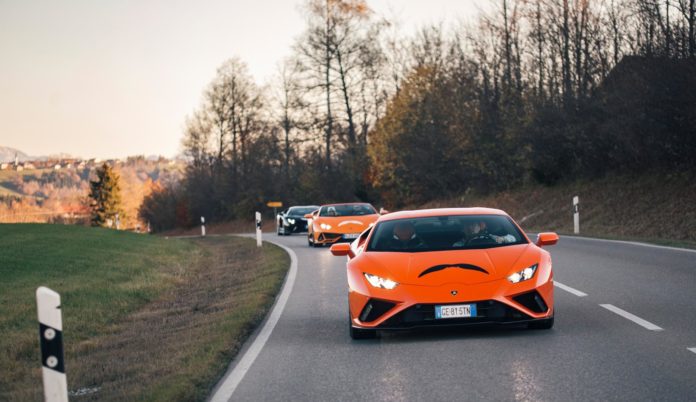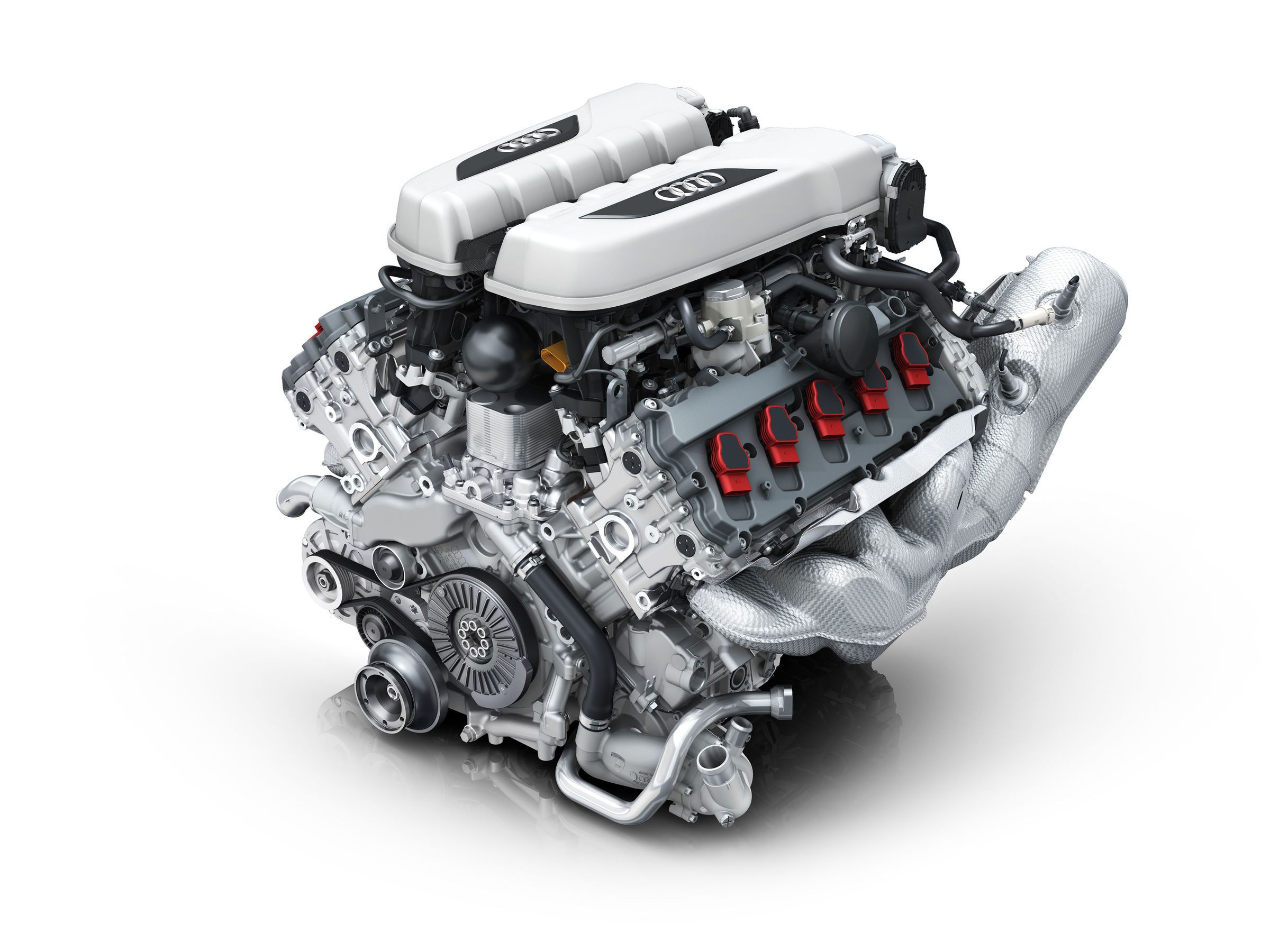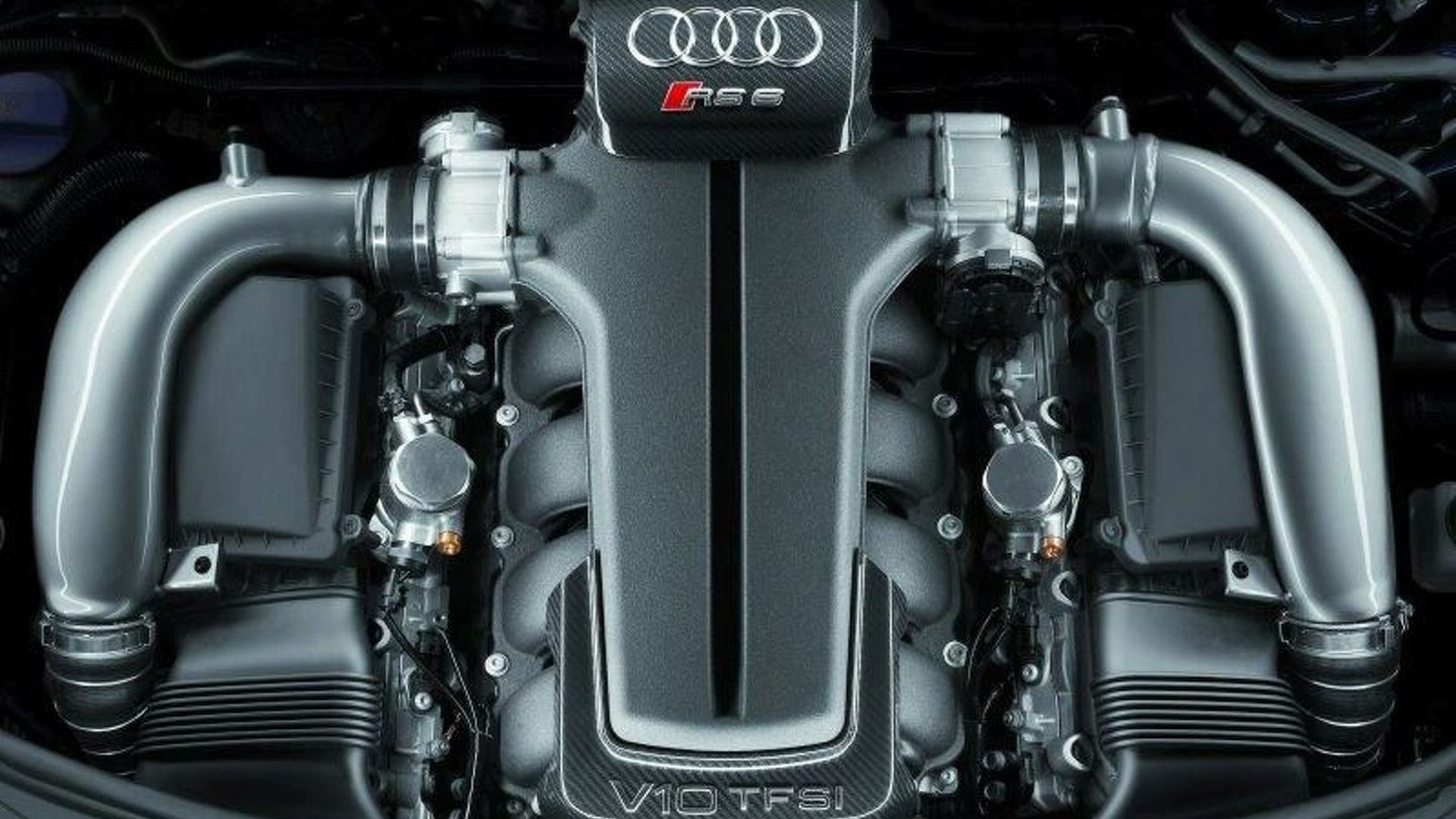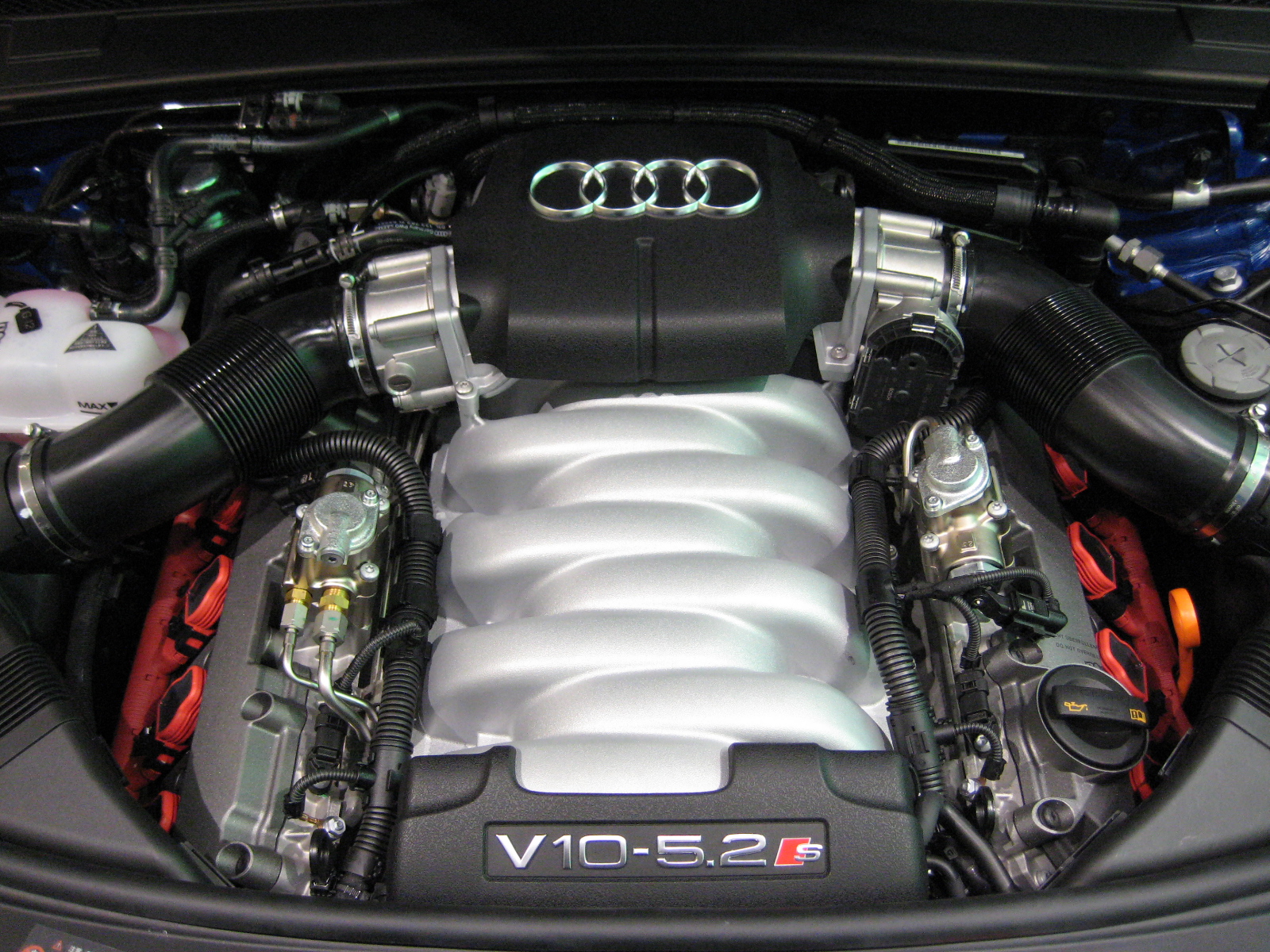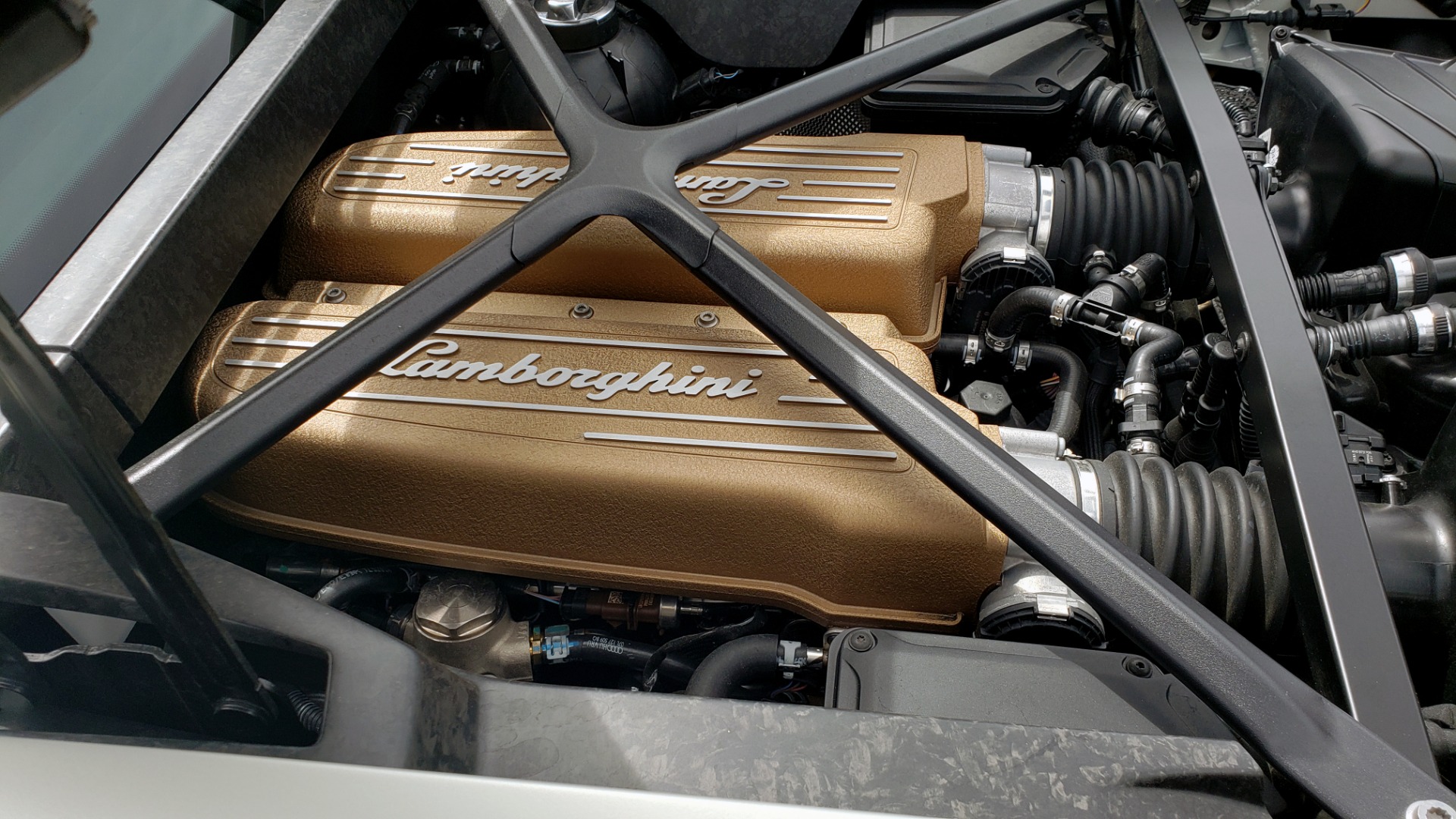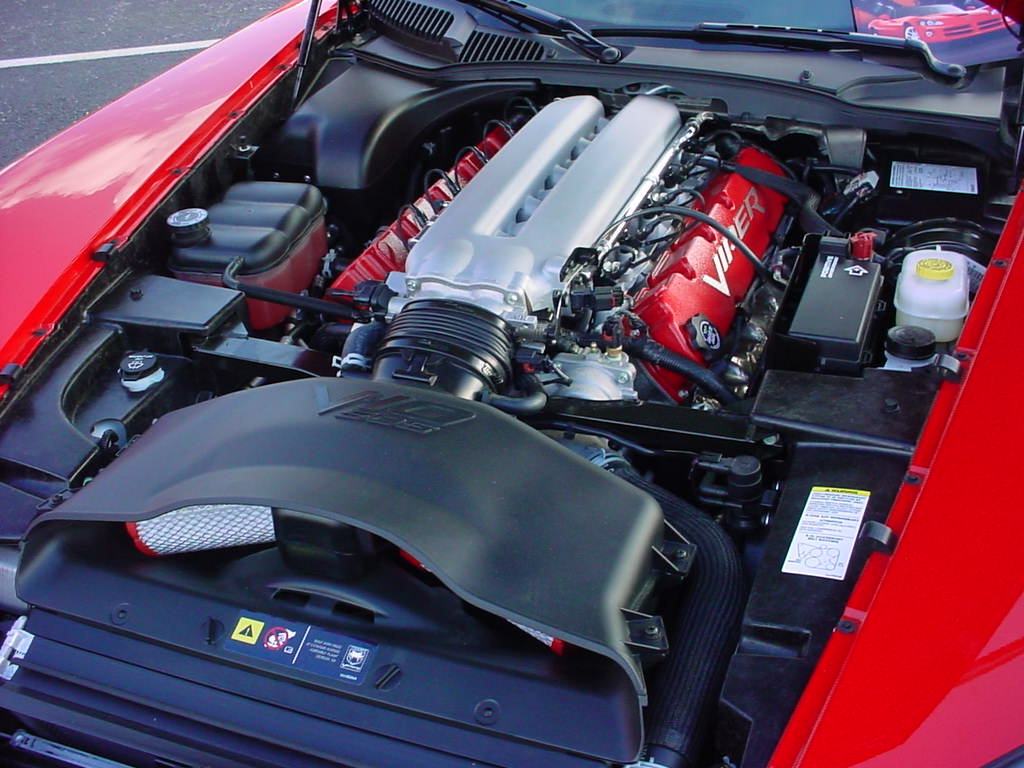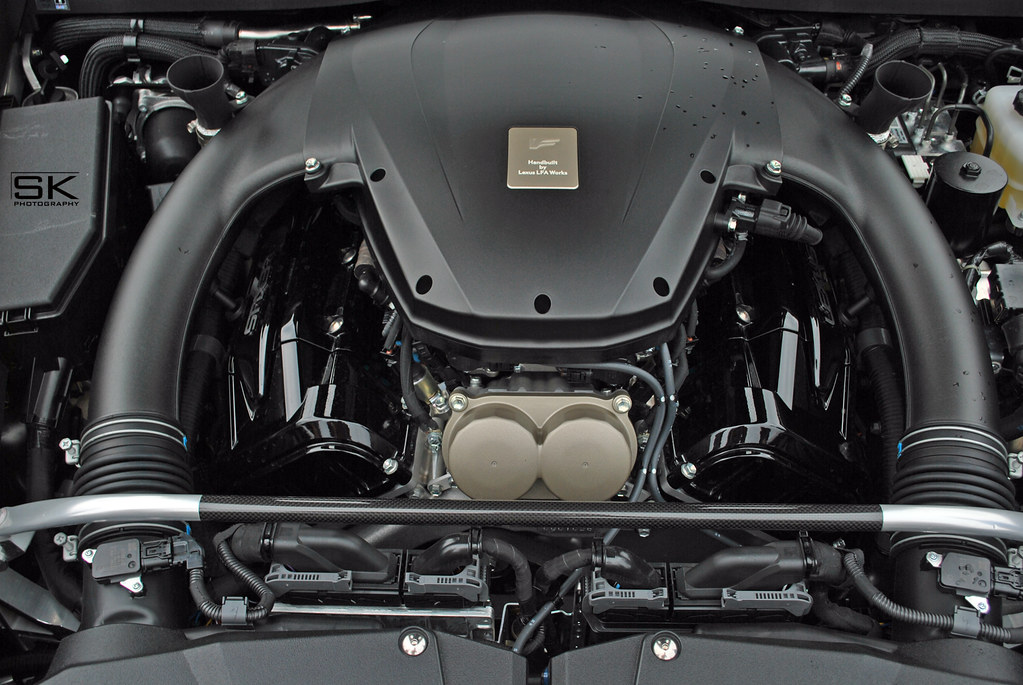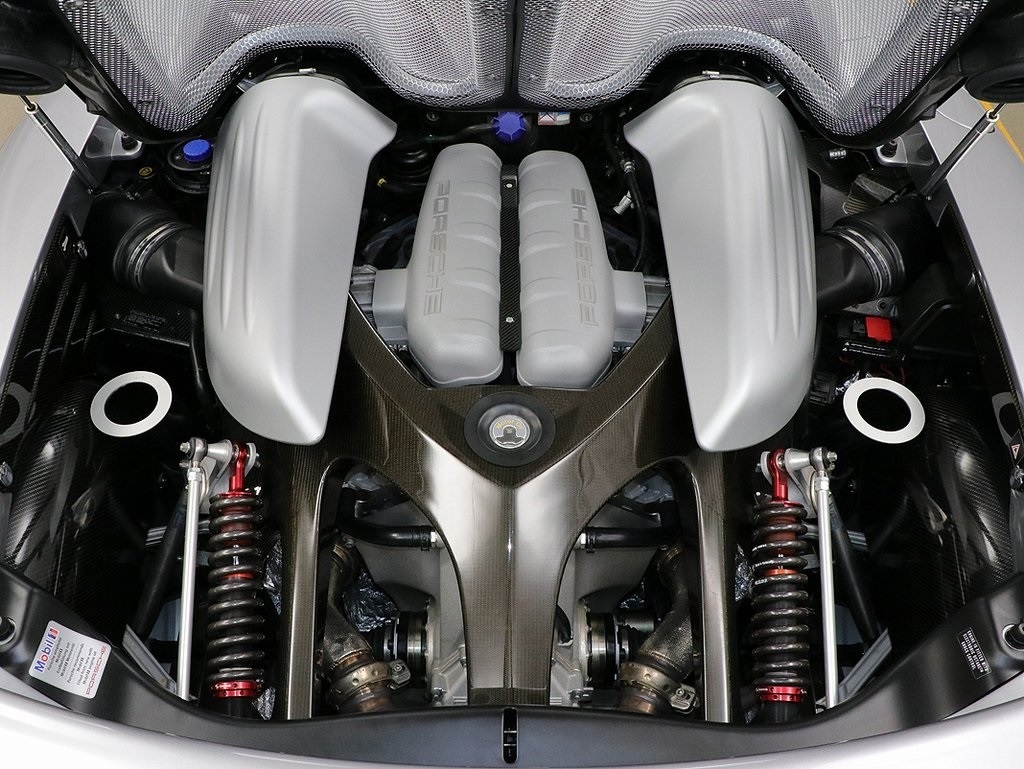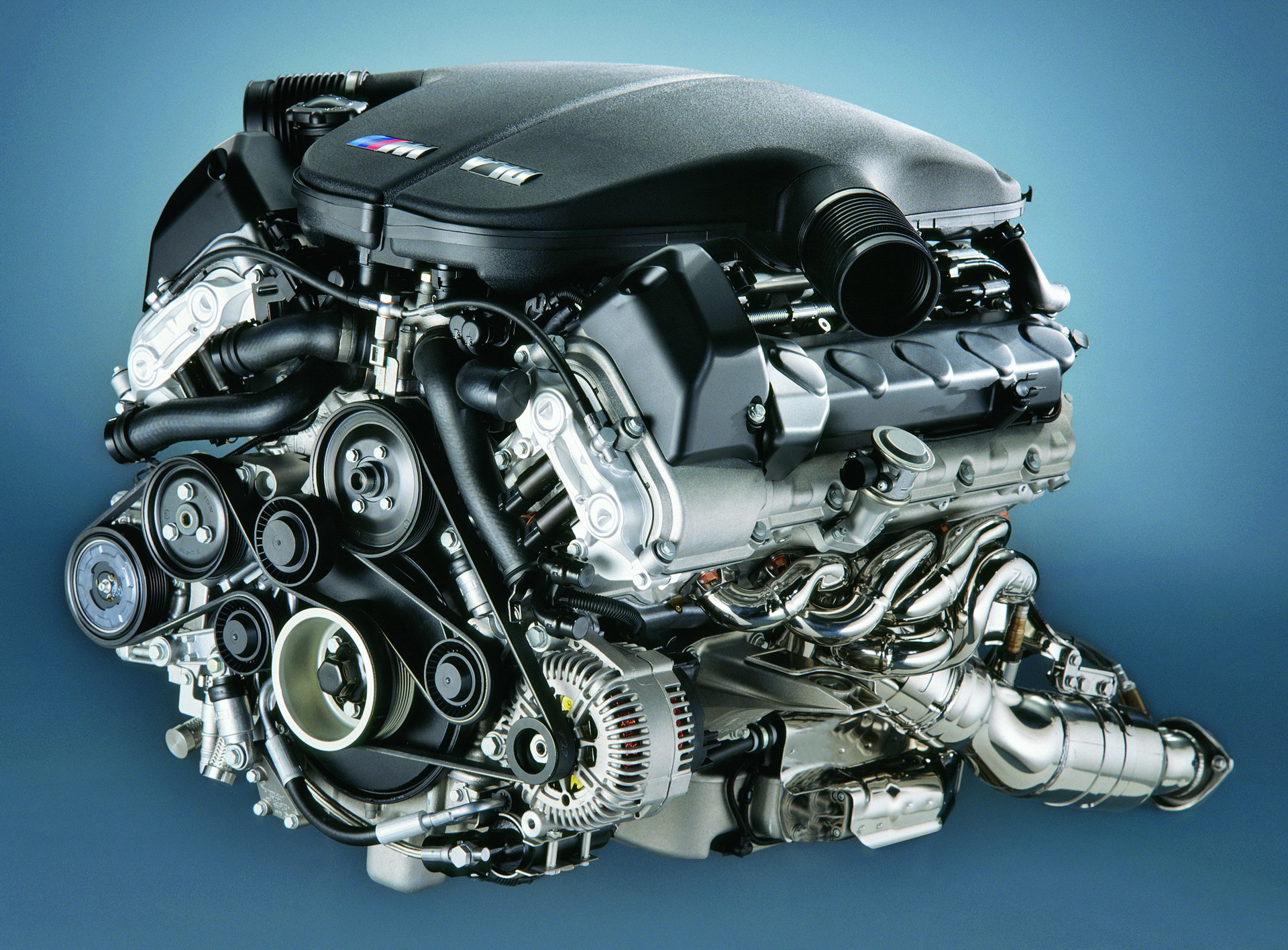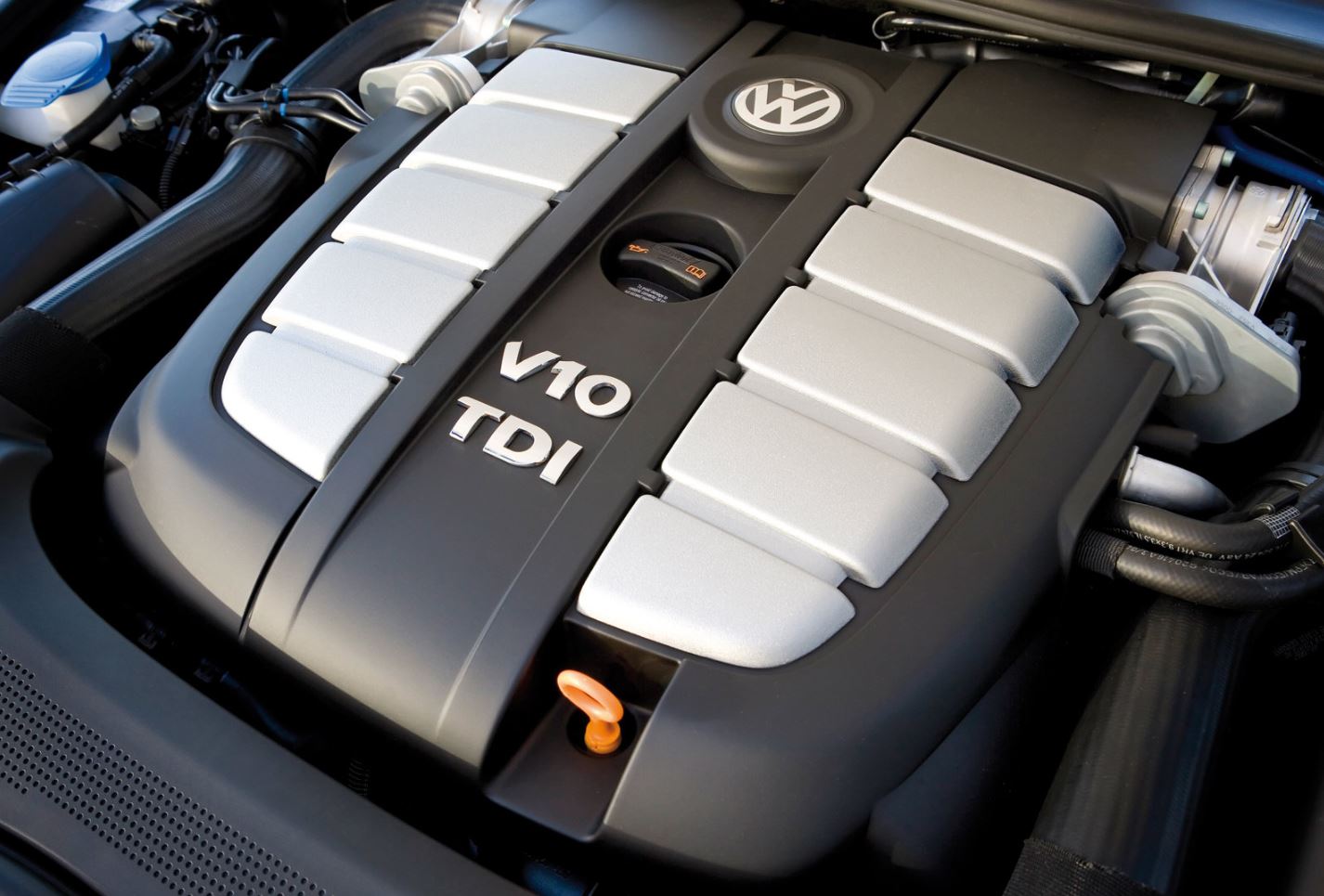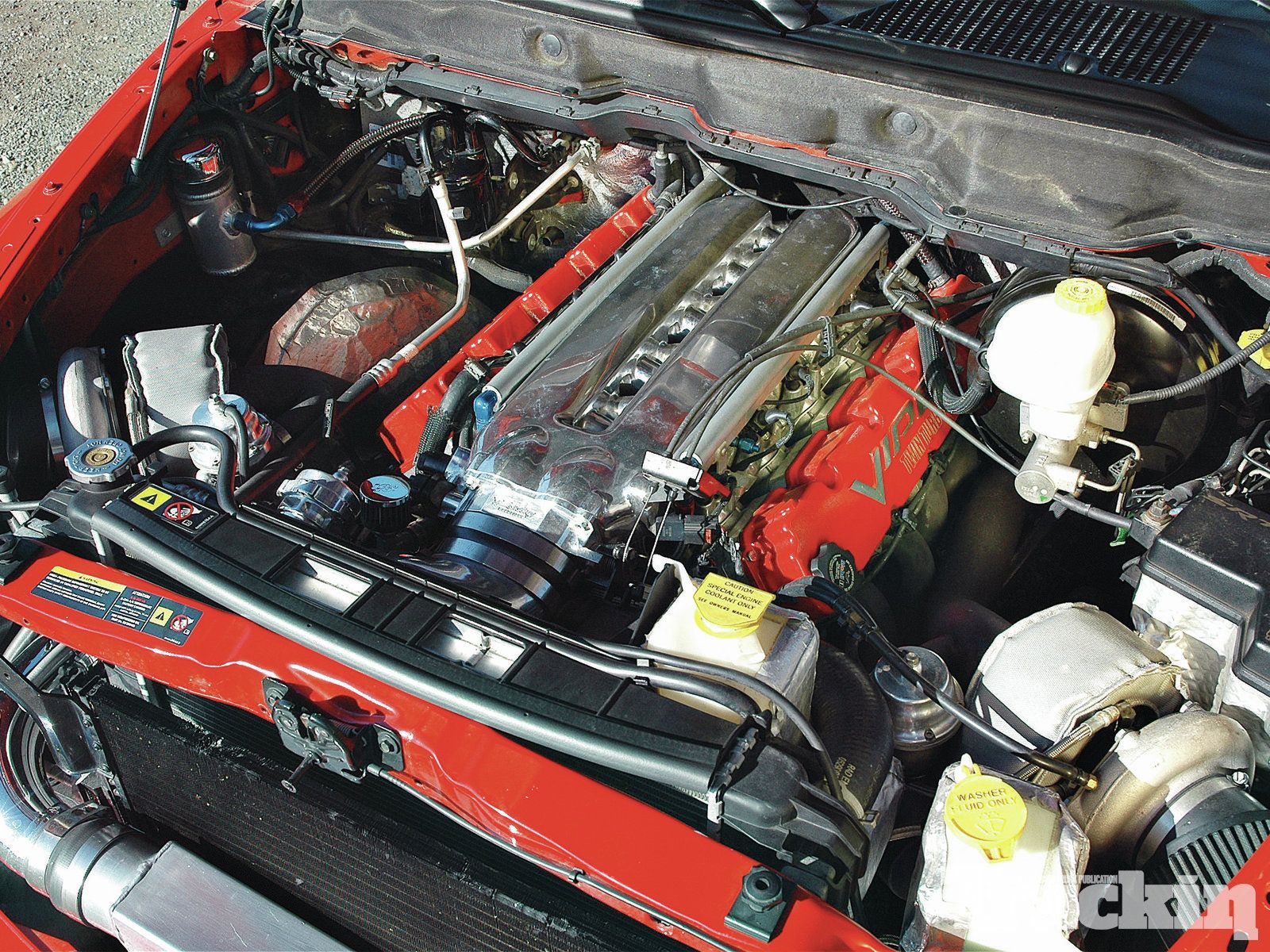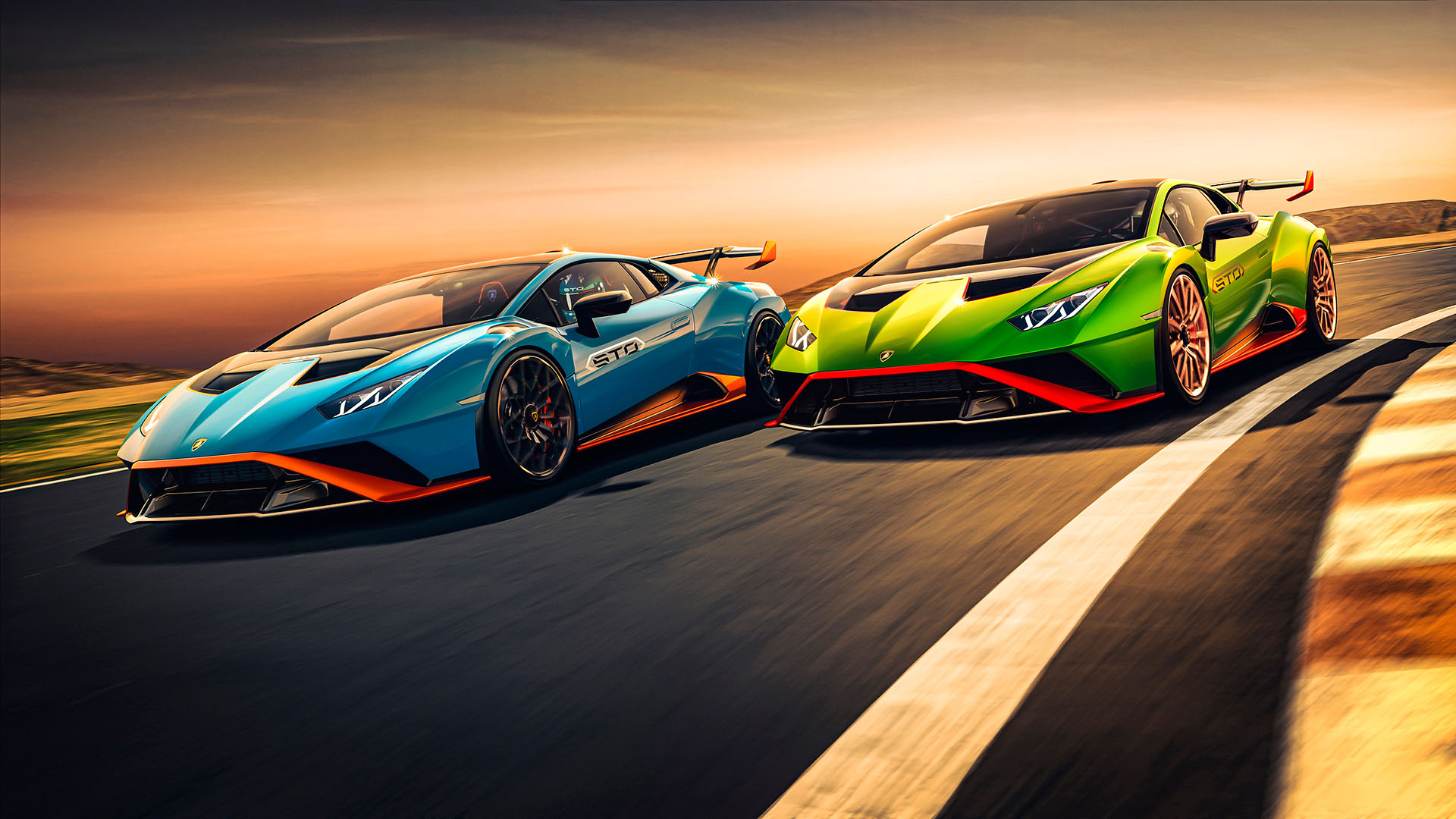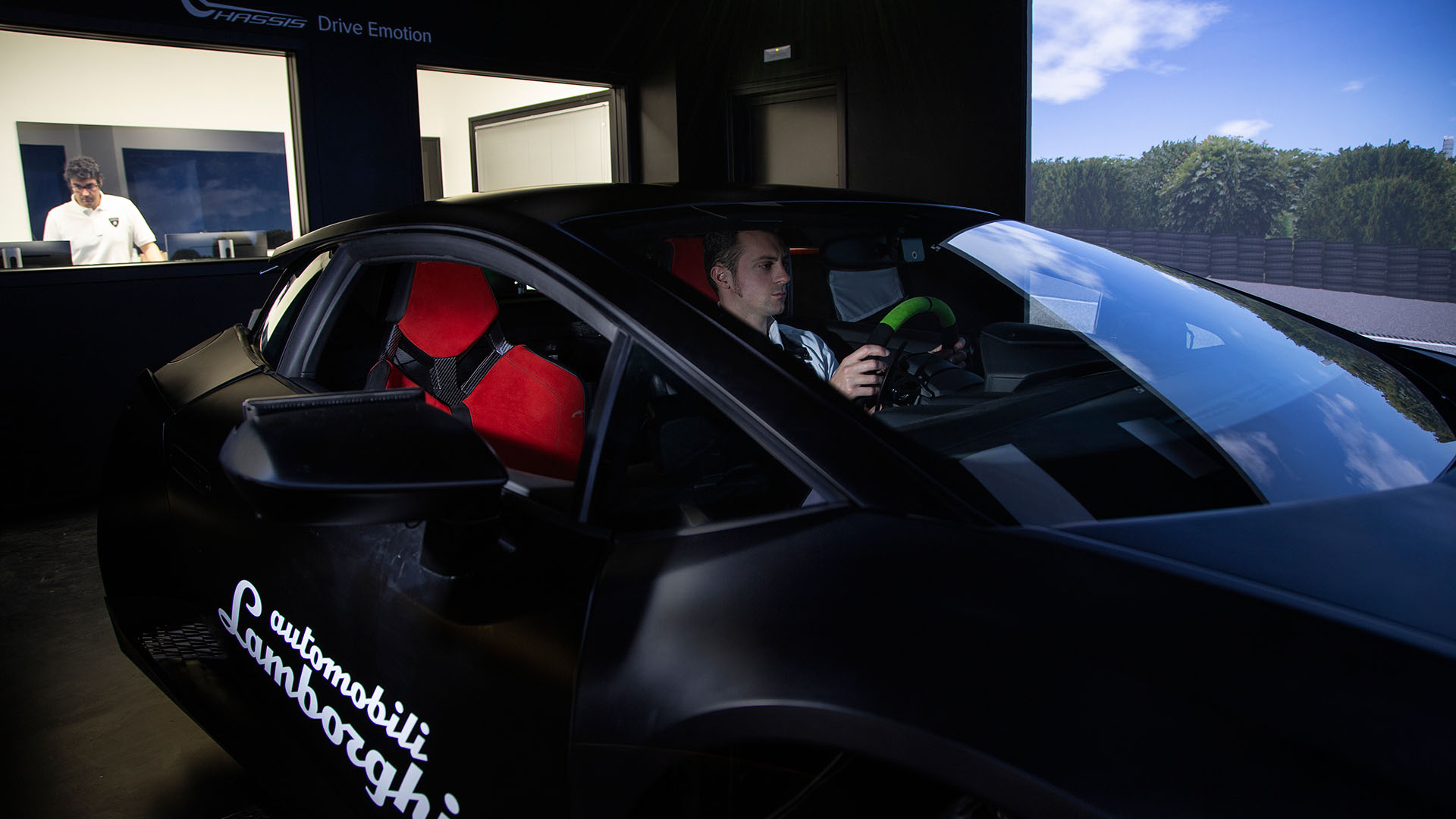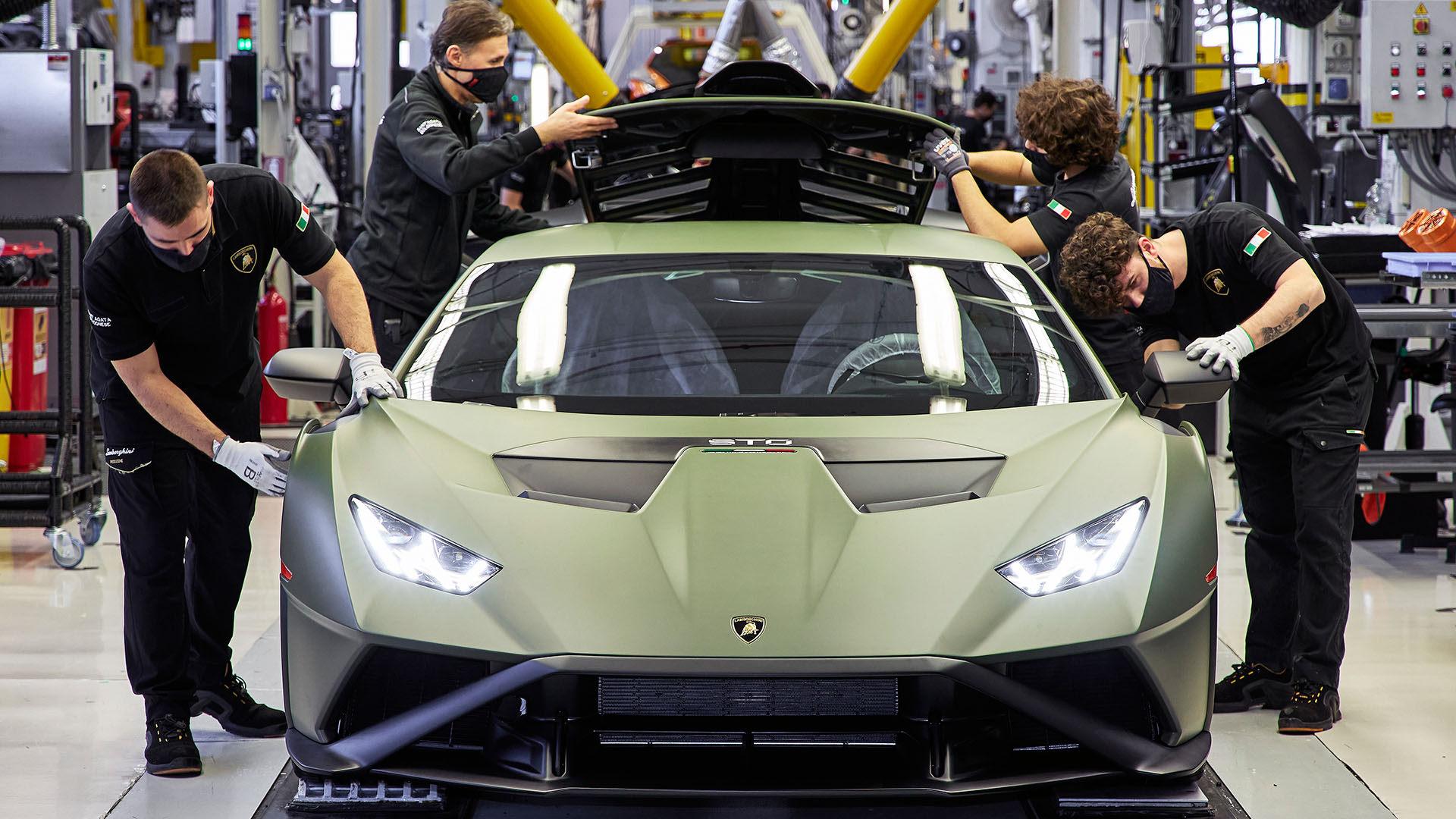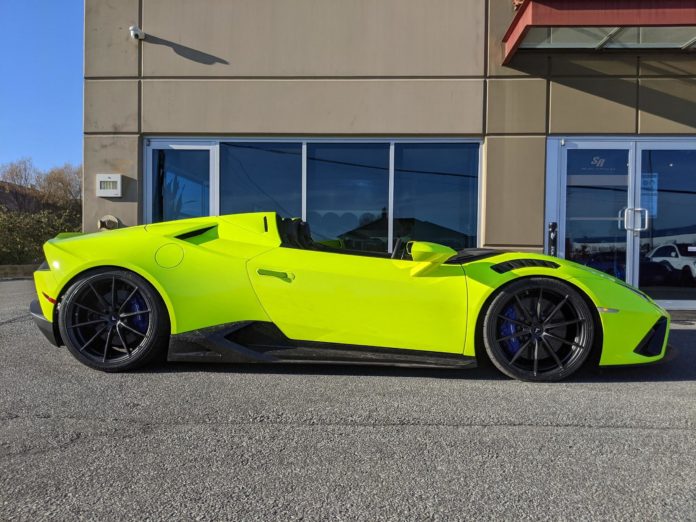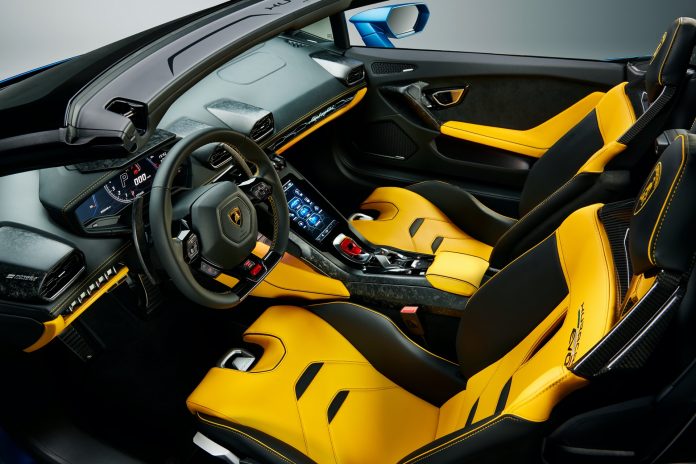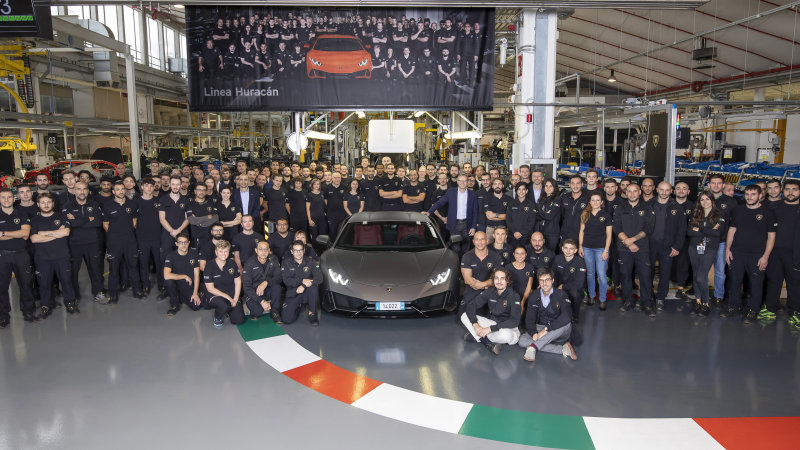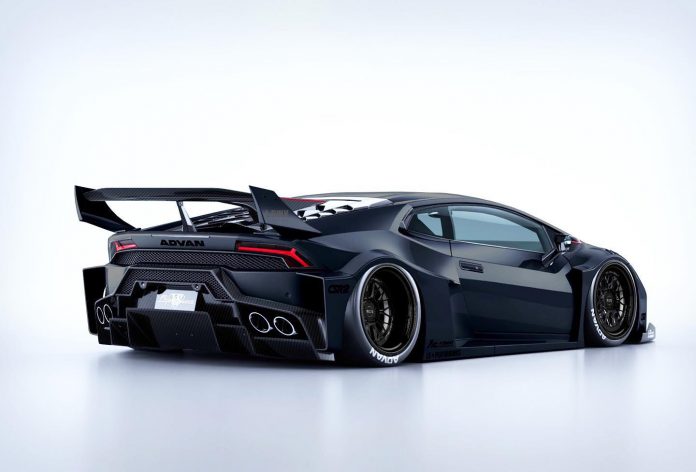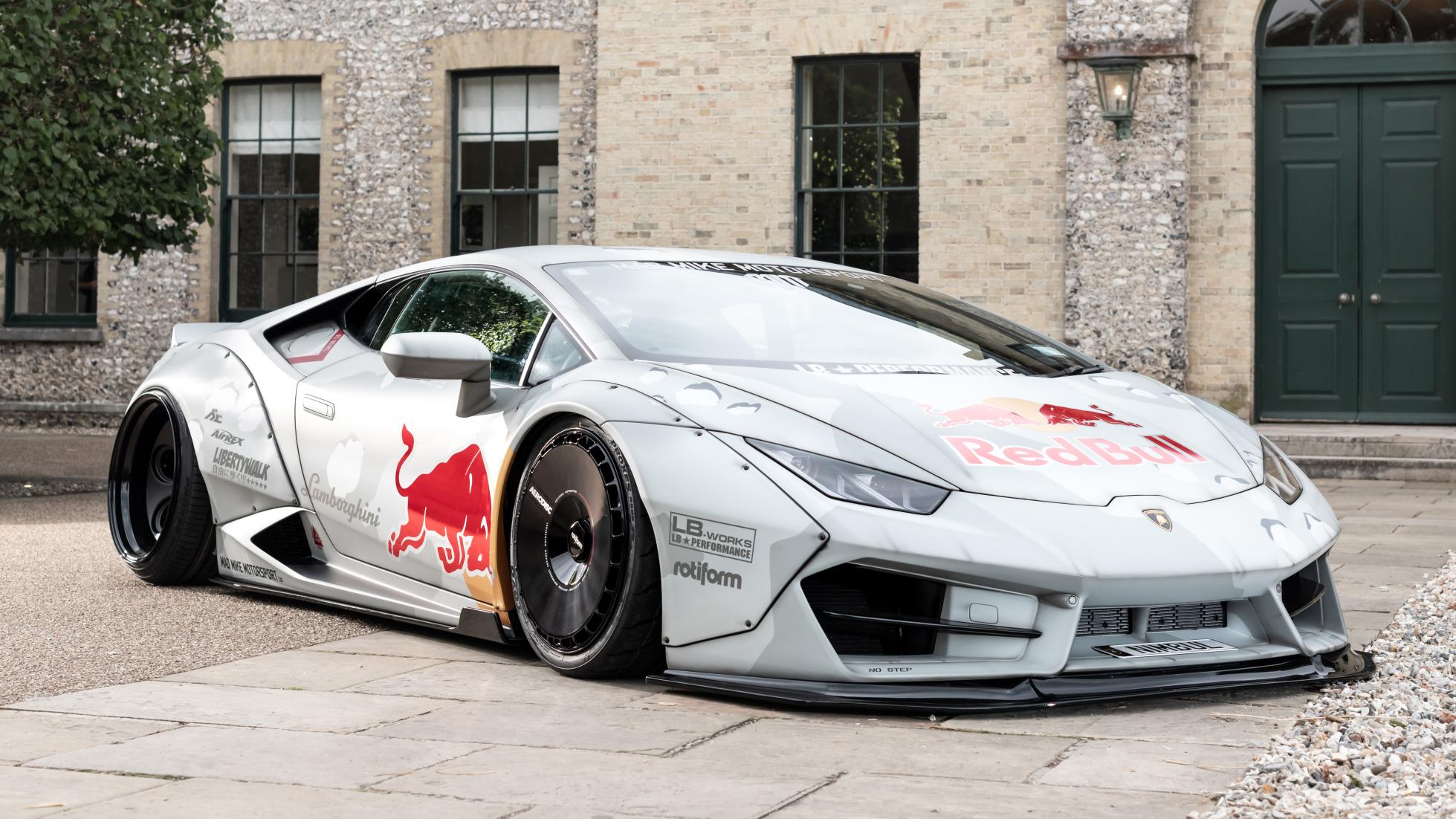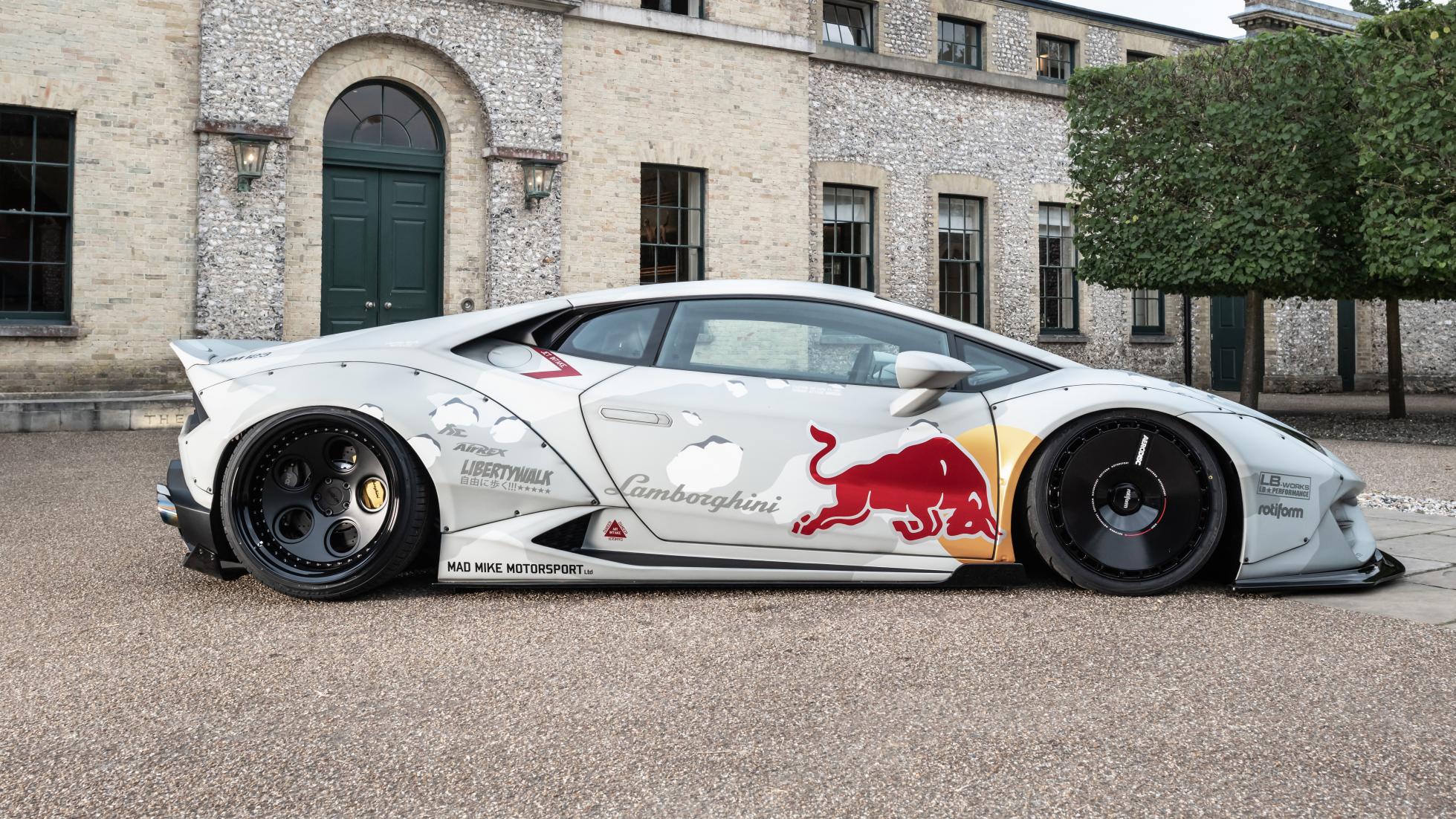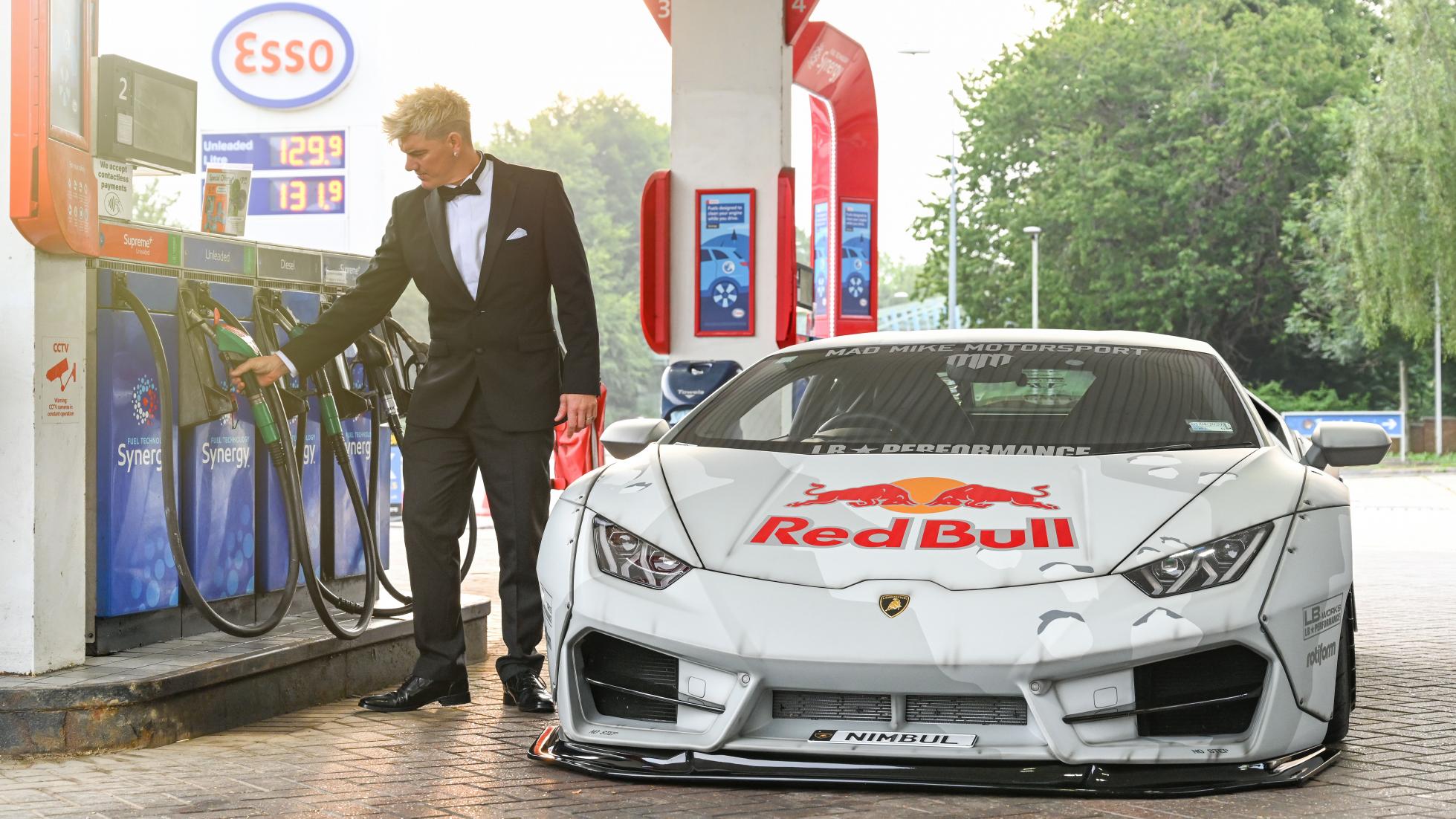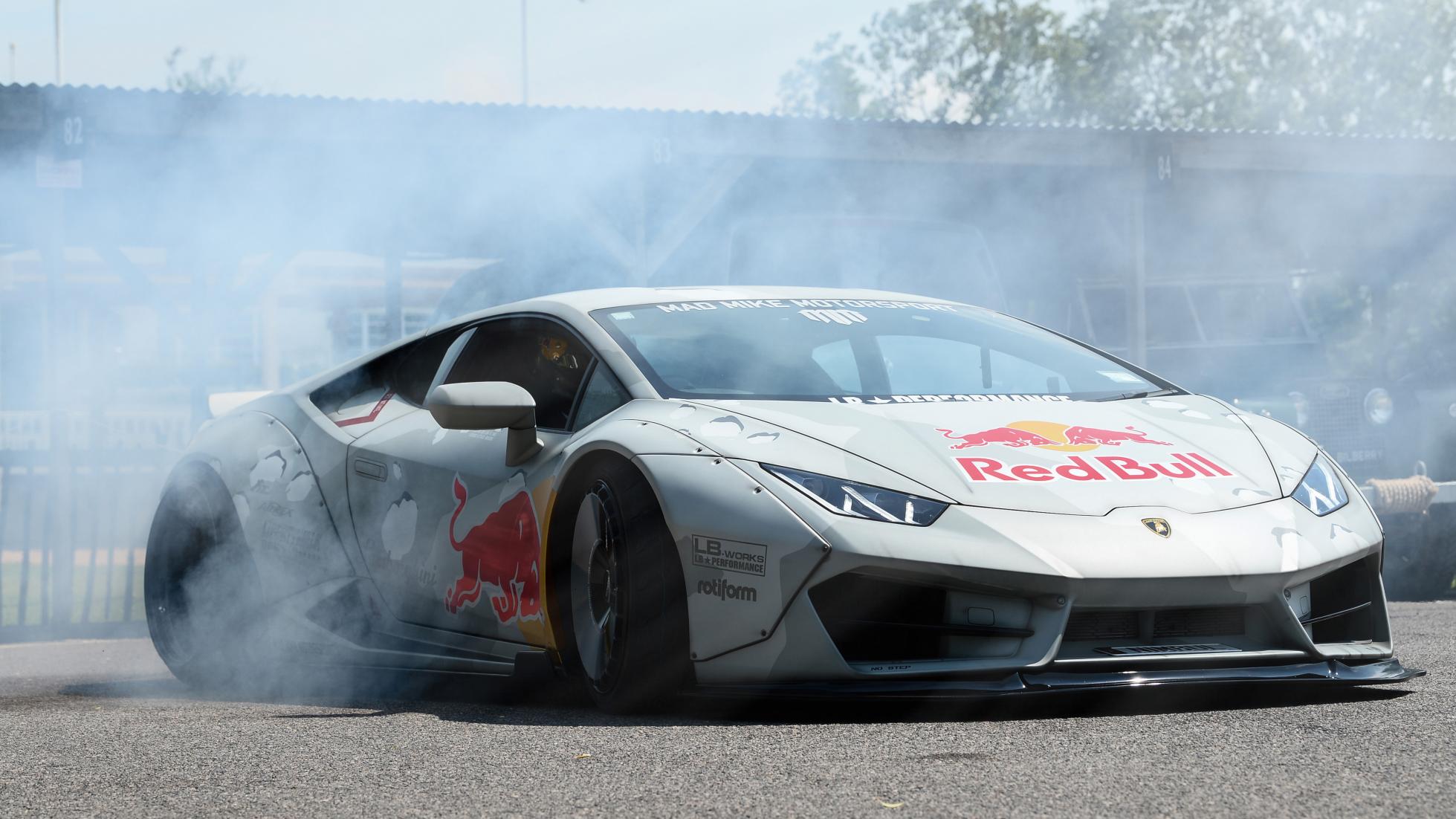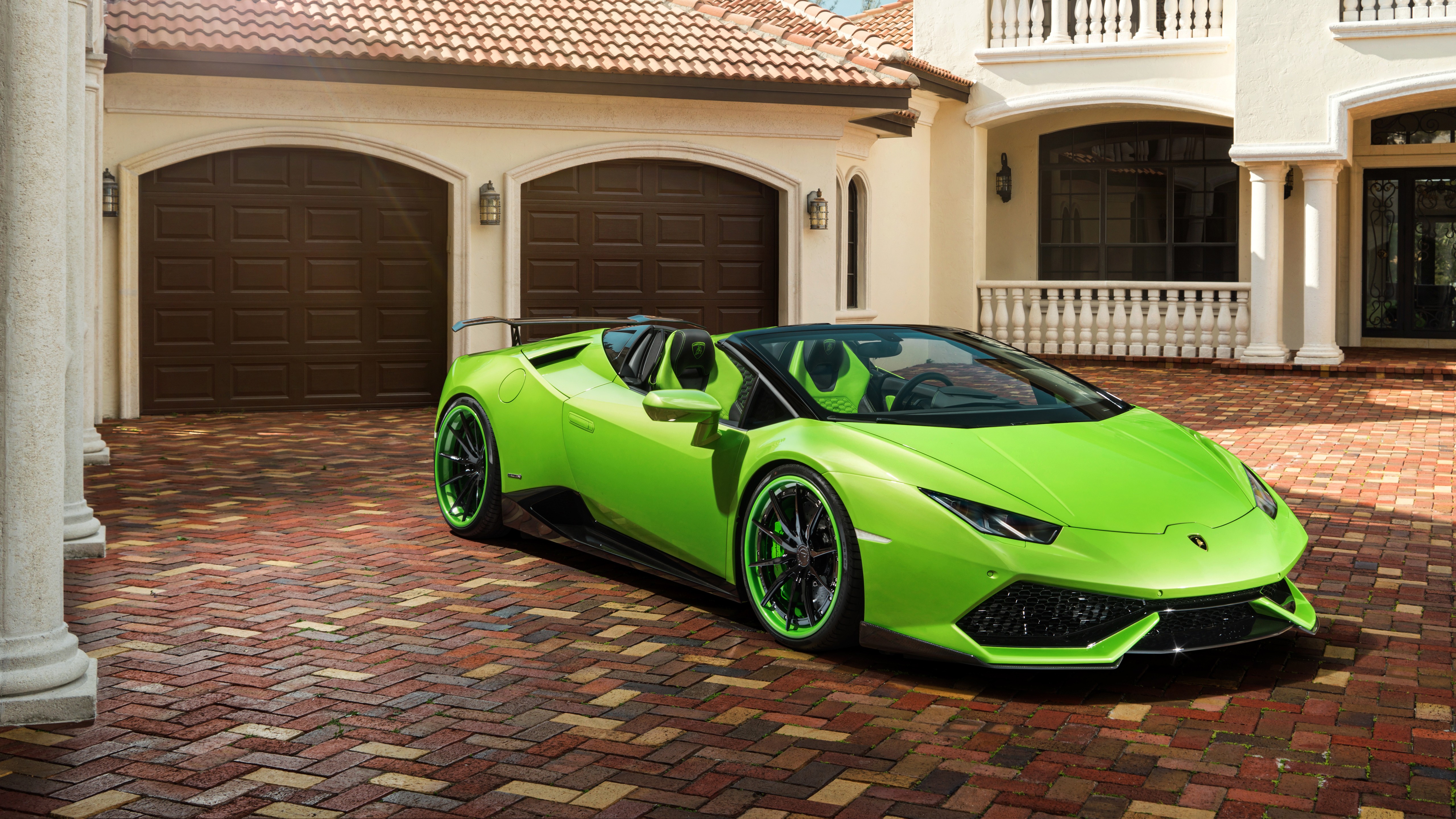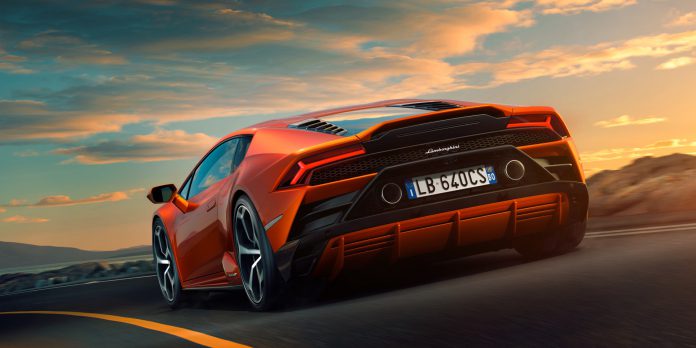Special Report: Lamborghini Supports Movember
This year Lamborghini partnered up with the Movember foundation to create awareness for men’s health. As part of this partnership Lamborghini owners all over the world met up for a one day drive to raise funds for this noble cause. We were there to attend the ‘bull run’ hosted by Lamborghini Munich.
About Movember
Movember is the leading charity changing the face of men’s health on a global scale, focusing on mental health and suicide prevention, prostate cancer and testicular cancer. Movember generate the most fame by men around the world growing moustaches in the month of November.
Movember was created because men on average die much younger than women. This is in part due to more dangerous work conditions but also generally unhealthier lifestyles and lack of prevention checks play a key role. Movember raises funds to deliver innovative, breakthrough research and support programmes that enable men to live happier, healthier, and longer lives.
In addition to tackling key health issues faced by men, Movember is working to encourage men to stay healthy in all areas of their lives, with a focus on men staying socially connected and becoming more open to discussing their health and significant moments in their lives. The charity’s vision is to have an everlasting impact on the face of men’s health.
Lamborghini Huracan EVO RWD
Lamborghini was kind enough to land us a bright orange Huracan EVO RWD to join 15 local Lamborghini owners for a drive through the German state of Bavaria. This rear-wheel drive Italian bull has a 5.2 liter V10 packing 610hp and 560Nm of torque. Thanks to a weight of only 1,389 kg the Huracan EVO RWD sprints from 0-100 km/h in just 3.3 seconds. At 325 km/h the top speed is reached.
The cockpit is very driver oriented with all relevant controles either mounted on the steering wheel or directly in reach without the need to take your eyes of the road. To add to the sense of experience you have to flip a red cover up to expose the start button and fire up the engine. Once you do the heavy base tone of the V10 fills the cabin. In Strada mode the Huracan is pretty quiet but once you switch to the sport or track modes it will become impossible to have a phone call and the V10 completely immerses you with all the emotions it has to give.
The Movember Bull Run
On this early Saturday morning in November the cold air penetrates my clothes as I walk to the Lamborghini dealership in Munich. The Lamborghini flags outside wave in the light breeze. But the sky is blue and the sun is about to pop-up from behind the surrounding buildings. The parking lot is already filled with ‘Bulls’ – from ‘my’ Huracan EVO RWD to several Huracans, Aventadors and a brand new Huracan STO that will be the lead car for today’s drive.
After a mandatory Italian coffee and short briefing the pack of 15 raging bulls sets in motion. The first part of our journey leaves the Bavarian capital behind and sees us heading west on the autobahn. Keeping the pack together goes surprisingly well and the sight of Lamborghinis front and rear traveling together is one to remember.
We leave the autobahn at Landsberg am Lech and here the first bystanders ask what the deal is with the moustaches on the front bonnet of our cars. Time to do what we came here to do and explain November in a few words. With barely time for a thumbs up and a wave we continue. Leaving the main roads behind we enter the twisty roads in the foothills of the Alps. The trees are colored in the typical pallet of fall made even brighter by the low stance of the sun this time of the year.
In the shade of the forest the roads are still damp so I have to keep taming the bull and wait with unleashing its ferocious power a little longer. Lamborghini developed a special performance traction control system for the rear-wheel drive version of the Huracan EVO to make sure it gets the power down and the opportunity to try it came sooner than expected. Due to some road works the group had to turn around after which I lost connection with the group along with another Huracan.
Clearly we missed a turn somewhere as chatter on the walky-talky disappeared. Luckily I knew the next way point so just continued down this beautiful twisty road with clear visibility and above all a dry surface. As I sprint from turn to turn and make my way through the gears I’m firmly pressed in the excellent seats. The solid click of the flappy paddles is followed by a loud scream of the V10 on every downshift. What a joy!
Soon we are reunited with the group and after a few photos continue our journey to lunch. Overlooking the Staffelsee with the German and Austrian Alps as backdrop we talk about Movember and the cause. Just like GTspirit readership the majority of the Lamborghini audience is male and all know someone who suffered from typical men’s health issues. But unlike female initiatives such as Pink Ribbon, the breast cancer awareness campaign, it is much less talked about among men.
After lunch we return to Munich once again in convoy. With the sun disappearing behind the trees the Aventador in front of me is showing flames from its exhaust regularly. It is an unusual sight on the countryside – a convoy of 15 Lamborghinis passing by. The responses from the few bystanders are mixed, some cheer and show thumbs up, others can’t help themselves but release some negative comments just at the sight of these exotic cars. Sad but true that the supercar is becoming more and more polarising.
Every year we make a Christmas donation at GTspirit and this year we have chosen Movember as our charity of choice. It was an honor to be part of over 1,500 Lamborghini drivers worldwide taking part in Bullruns organised by their local dealerships to raise awareness for Movember. For more information about Movember or to make a donation please visit movember.com.

